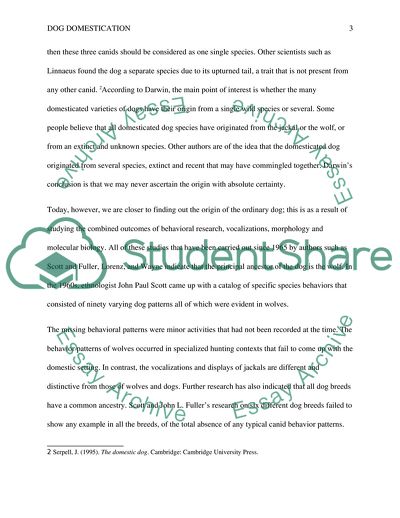Cite this document
(Dog Domestication Essay Example | Topics and Well Written Essays - 3000 words, n.d.)
Dog Domestication Essay Example | Topics and Well Written Essays - 3000 words. https://studentshare.org/biology/1877807-development-of-domesticated-dogs-and-how-they-impact-modern-society
Dog Domestication Essay Example | Topics and Well Written Essays - 3000 words. https://studentshare.org/biology/1877807-development-of-domesticated-dogs-and-how-they-impact-modern-society
(Dog Domestication Essay Example | Topics and Well Written Essays - 3000 Words)
Dog Domestication Essay Example | Topics and Well Written Essays - 3000 Words. https://studentshare.org/biology/1877807-development-of-domesticated-dogs-and-how-they-impact-modern-society.
Dog Domestication Essay Example | Topics and Well Written Essays - 3000 Words. https://studentshare.org/biology/1877807-development-of-domesticated-dogs-and-how-they-impact-modern-society.
“Dog Domestication Essay Example | Topics and Well Written Essays - 3000 Words”. https://studentshare.org/biology/1877807-development-of-domesticated-dogs-and-how-they-impact-modern-society.


